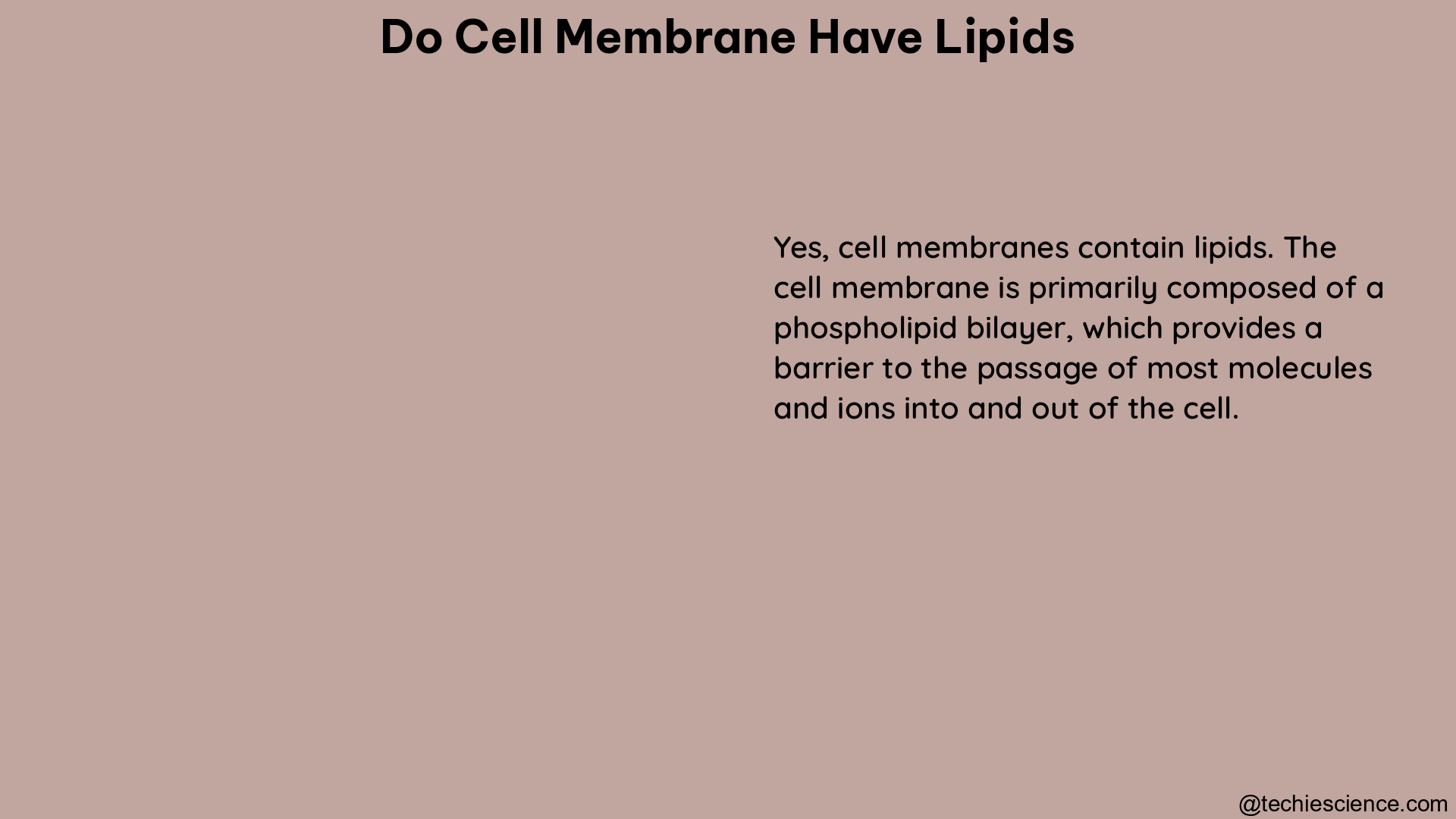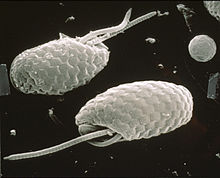This article will focus on the following heterotrophs examples, along with a brief description and some images to help you learn more about each one.
All animals, humans, protozoa, fungi, and some iron-reducing bacteria are included in heterotrophs examples.
The word “Heterotroph” is derived from two Greek words: Hetero, which denotes ‘other’, and Trophe, which denotes ‘nourishment’. So, heterotrophs are organisms that get their energy and nutrients from other sources (organisms or plants).
These organisms belong to primary, secondary, and tertiary consumers of the food chain. As a response, they feed on the food chain’s primary, secondary, and tertiary producers. On the other hand, heterotrophs get their food from other sources of organic carbon, primarily animal and plant matter, to maintain ecosystem equilibrium.
As the second and third levels of organisms in the ecosystem, heterotrophs are classified as;
herbivores(Organisms that rely solely on plant products for their survival),
carnivores(organisms that only eat the flesh of other organisms for nutrition),
omnivores(Organisms that feed on the flesh of other animals as well as plant products),
and detritivores/decomposers(Soil microorganisms that eat dead plants and animals and feces).
These organisms, unlike autotrophs, are unable to synthesize their own food; therefore, they must rely on autotrophs for nourishment. Soil microorganisms that eat dead plants and animals, as well as feces.
Photoheterotrophs(organisms that obtain their light energy and therefore must ingest carbon from other organisms because they are incapable of operating natural carbon dioxide from the atmosphere)
and Chemoheterotrophs(organisms that rely on other species for their carbon and energy) are two subgroups of heterotrophs. The energy source distinguishes these two subgroups that they consume as food.
Heterotrophs Examples
All animals, humans, protozoa, fungi, and some iron-reducing bacteria are included in heterotrophs examples.
1. Humans as Heterotrophs Examples
- Humans are heterotrophs since they are unable to synthesize their own food; hence they rely on primary producers and other animals for their food and nutrients.
- Depending on their food preferences, humans can be vegetarians (eat solely plant products) or non-vegetarians (consume meat from other animals).
- So, humans are omnivores who consume and process food made from plant products (vegetables, fruits, etc.) and meat from other animals and animal products such as milk, honey, and so on.
- Nowadays, Humans can choose to be vegans who are pure vegetarians, which means they do not consume animal products such as milk, honey, or meat in their meals. Hence, they only rely on plant products.

Animals as Heterotrophs Examples
- All animals are heterotrophs because they do not synthesize their own food and lack chlorophyll pigments, which are required for photosynthesis.
- Heterotrophs include all herbivores, carnivores, and omnivores. They are the most important heterotrophic group in the ecosystem’s food chain. They get all of their food from primary producers. This category of example includes everything from a rat to an elephant.
Let’s have a look at some heterotrophic animals.
2. Birds
Birds are animals having wings that rely on primary producers and some living organisms for food.
3. Aquatic Animals
Fish, octopuses, snails, and other aquatic animals are heterotrophs, meaning they eat plants and other aquatic animals for nourishment.

4. Goat (Herbivore)
Goats are herbivores because they are heterotrophic animals that eat only plant items.
5. Lion (Carnivore)
Lions are land animals that are also carnivores, meaning they devour the meat of other animals for food.
6. Bear (Omnivore)
Bears are also heterotrophic land animals and omnivores, meaning they eat both plants and other animals for food.
7. Insects
Insects are the most abundant group of organisms in this ecosystem, with over one million species. They consume plant material, degraded organic matter, and other organisms’ blood. Insects are predators, which means they eat other little species smaller than themselves.

8. Ferrous Iron-Reducing Bacteria
- Ferrous iron-reducing bacteria generate energy by metabolizing reduced iron to oxidized iron compounds under anaerobic conditions.
- The energy gained from this process is subsequently used for carbon source uptake and metabolism.
9. Cyanobacteria (Photoheterotrophic)
- The Cyanobacteria are photoheterotrophic bacteria in nature exhibiting high photosynthetic capacity and minimal growth needs.
- These bacteria live in soggy wet settings, feeding on the organic substances produced by primary aquatic species.
Fungi as Heterotrophs Examples
Fungi are an organo-heterotrophic group of organisms that rely on dead and decaying items for nutrition and energy.
10. Mushrooms
All mushrooms are parasitic, which means they feed on rotting and dead matter. They act as decomposers, which are important for the environment because they clean the ecosystem and keep it in balance.

11. Yeast
Yeasts are fungi that feed on sugar. Yeast is a heterotrophic microorganism that depends completely on supplies from all other organisms for their metabolism.
12. Molds
Mold, also known as Hyphomycetes, is a living creature that acts as a decomposer. They lack chlorophyll and are unable to synthesize their own nutrition. The molds consume bread, rotting fruits, cheese, and other items.
13. Stinkhorns
Stinkhorns eat rotting or dead organic plant matter inside the soil. They operate as a decomposer and contribute to a cleaner habitat on the planet.
14. Truffles
The truffles fungi are ectomycorrhizal fungi. It feeds on the tree’s sugars, which are generated during photosynthesis.
15. Rusts
Rust fungi are obligate parasitic fungi that are widespread. It eats corn, legumes, cereals, wheat, maize, and other crops.

16. Smuts
Smuts are fungi that feed on maize plants, infecting and destroying them after feeding.
17. Mildews
Mildew is a fungus belonging to the Erysiphales order. It eats cellulose and other plant matter.
Protozoa as Heterotrophs Examples
Many protozoa are heterotrophic in nature, meaning they eat bacteria, fungi, algae, and yeast to survive.
18. Paramecium
Paramecium is a single heterotrophic organism. Bacteria, tiny protozoa, yeast, and algae are all common foods.
19. Amoeba
Some amoebae are predators that feed on protists and bacteria, while others are detritivores that feed on dead organic matter.

20. Trypanosoma
Trypanosomes are protozoa that eat by taking nutrients from the host’s bodily fluids across their outer membrane.
21. Euglena
Euglena is single-celled protozoans, and their food is in the form of tiny, microscopic microorganisms. Interestingly, it also feeds itself.
Heterotrophic Plant Examples
Apart from heterotrophic organisms, the environment comprises heterotrophic plants that do not produce their own food through photosynthesis. The nourishment for these heterotrophic plants derives from external sources. Plants that are parasitic or saprophytic may undergo this category.
Heterotrophic plants are very different from autotrophic plants. Heterotrophic plants do not have chlorophyll or photosynthetic pigments required for photosynthesis for synthesizing food.
Heterotrophic plants are classified into five categories based on the nourishment they receive. And they include- Plant parasites, Symbionts, Epiphytes, Saprophytes, and Insectivorous Plants.
So, the following are some Heterotrophic Plant Examples under these five categories.
Plant Parasites as Heterotrophic Plant Examples
22. Viscum Album
Viscum Album is a hemiparasite tree that absorbs water and nutrients from various other trees.

23. Stinking Corpse Lily
Stinking Corpse Lily lacks roots and leaves and thus lacks chlorophyll, all required for photosynthesis. As a result, they must rely on parasitism to receive nutrients and water.
24. Orobanche Ramosa
Orobanche ramosa is a parasitic plant that feeds on the nutrients of other plants. It is a heterotrophic plant since it drains nutrients from its roots and without leaves and chlorophyll, which they lack in performing photosynthesis.
Symbiotic Plants as Heterotrophic Plant Examples
25. Psilotum
Psilotum does not have leaves or true roots but relies on encroaching rhizomes for support. On the other hand, the stems are receptacles that contain photosynthetic and transporting tissue. However, it is a symbiotic plant with myco-heterotrophic and is nourished by endophytic fungus.
26. Marigold
Marigold is a flowering heterotrophic plant that also acts as a symbiont. The heterotrophic marigold plant and its host plant profit from their relationship in symbiosis, as marigolds bloom with tomatoes, Brussels sprouts, cauliflower, and other plants when planted together in a pot.
27. Rosemary
Rosemary is a heterotrophic symbiont plant that may grow alongside carrots, radish, sage, and other plants, forming a symbiotic relationship in which both plants benefit. It gets its nutrients from other plants.
Epiphytic Plants as Heterotrophic Plant Examples
28. Orchids
About 70% of orchids are epiphytic in nature, which means they grow on other plants and absorb their nutrients from that host plant for growth and nourishment.
29. Bromeliads
Bromeliads are epiphytic heterotrophs that attach themselves to the outsides of other live plants. When they attach themselves to other trees, they gain more nutrients and light exposure for photosynthesis; however, they do not directly extract nutrients from other trees.

30. Mosses
Mosses are another type of epiphytic plant that is heterotrophic in nature. It eats plant secretions or dead tissues, such as the skin peeled cells produced in the early stages of root formation.
Saprophytic Plants as Heterotrophic Plant Examples
31. Ghost Plant
Indian pipe, popularly known as ghost plants, is a heterotrophic saprophyte in nature. Because it lacks chlorophyll, it does not transform energy from the sun to nutrition the way green plants generally do. Saprophytic plants, such as ghost plants, feed themselves by draining the sap from another plant.
32. Corallorhiza Orchids
Corallorhiza Orchids are completely myco-heterotrophic saprophytes since they rely on the mycorrhizal fungi that surround their roots for nutrition.

33. Burmannia
Burmannia is a saprophytic heterotrophic plant that feeds on its surroundings. It feeds itself by absorbing nutrients from host saprophytes adhered to its bod
Insectivorous Plants as Heterotrophic Plant Examples
34. Venus Flytrap
The Venus flytrap is a carnivorous autotrophic insectivorous plant. However, it is considered a heterotrophic plant due to its complex nature. It has the ability to generate energy from sunlight. The flies and insects are beneficial for their nutrition, but they are unnecessary for their existence.
35. Drosera Capensis
Drosera Capensis is a partial heterotrophic insectivorous plant that derives nitrogen from insects that roam in its surroundings by eating them. And their leaves, including chlorophyll, conduct photosynthesis for their nourishment. As a result, it is partly autotrophic and partly heterotrophic.

36. Common Butterwort
Since common butterwort is an insectivorous plant, it is heterotrophic in nature. It contains bright, appealing flowers that attract insects and attractive yellow-green leaves that exude a sticky fluid that catches insects which the plant itself then eats.
Also Read:























